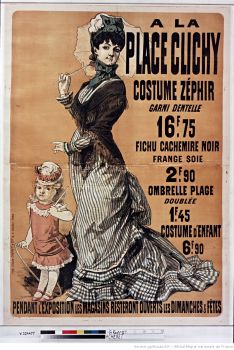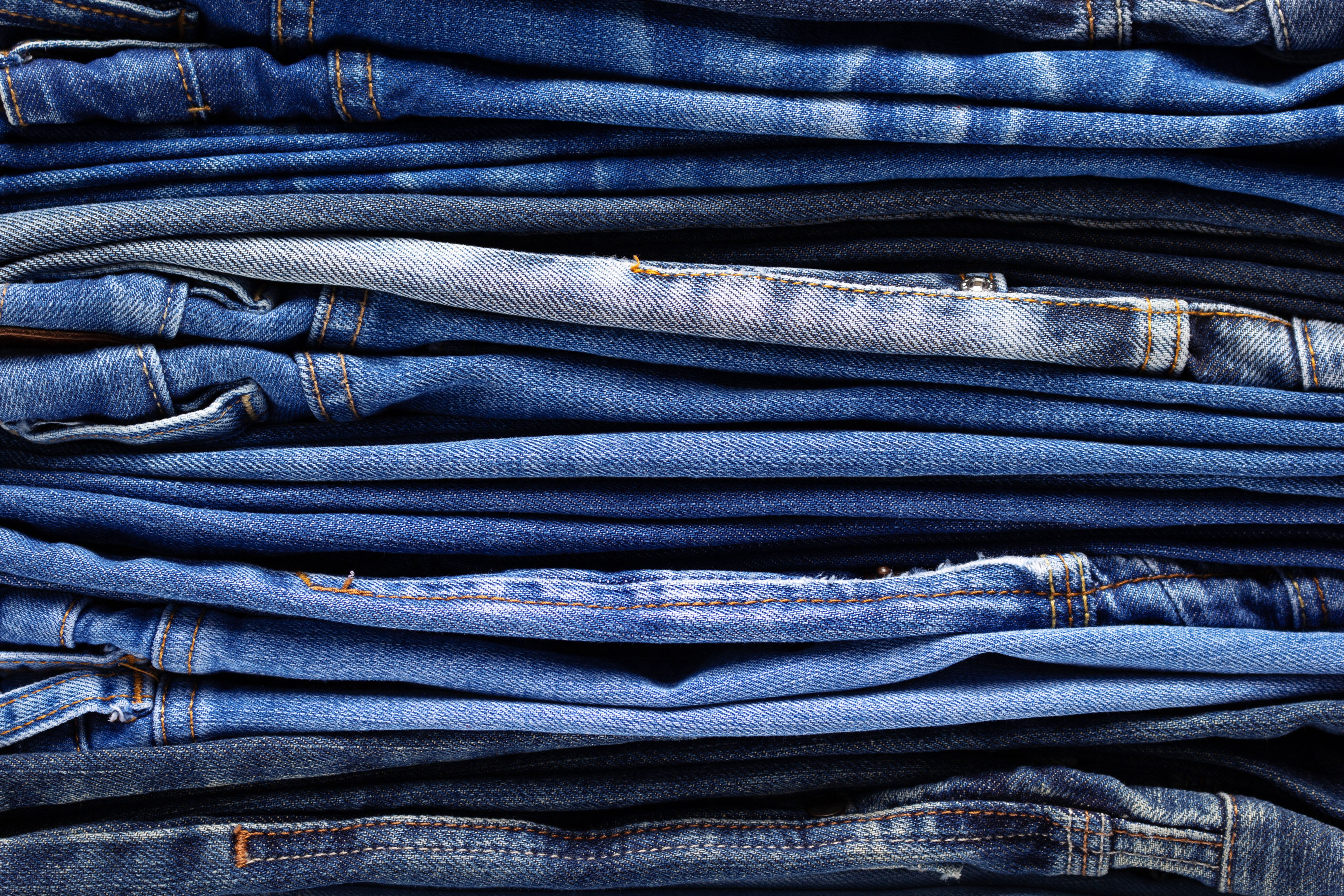Worker Uniforms
True Blue that Endures Stains!
“. . . the same; not changing or different in any way,” is how the Cambridge Dictionary defines uniform (word). Ancient or modern, military or civilian, the objectives of uniform (dress) remain unchanged - identification, functionality, protection, and comfort. Hundred years ago, circumstances separated “white collar” interests from the “blue collar” ones. The wheel has come a full circle now and the tide is reversing . . .
Wearing Identity on Your Shirt!

Credit History of York, illustration of Dirk Turpin
Highwaymen terrorized the 18th century British postal service. Instead of opting for costly armed protection, the latter cleverly changed the uniform of mail coach escorts to blue-lapeled red coats. Why red? Redcoats being Britain’s army uniform at the time, scared robbers into inaction. They didn’t even try calling the bluff. Life’s too precious.
Across ages, quick identification remains among the core purposes of uniforms. Even hardened bandits don’t miss it!
White to Blue: A Bridge too Far?
“If we may call professions and office position white collar jobs, we may call the trades blue collar jobs,”
is the first, in-print reference to “blue collar.” It dates back to 1924 in The Times, a newspaper in Alden, Iowa.
An early reference to “white collar” appears in the Wall Street Journal in 1924: “Movement from high schools to manual labour in steel plants is unusual, as boys formerly sought white collared work.” This may not be the first reference to “white collar,” a term which early-20th century American writer Upton Sinclair coined.
That both terms came into vogue around the same time is no coincidence. This was when the trade union and labour movements were gathering steam across the industrial world - Britain, United States, Australia, and Europe. As such, clear fault lines were emerging between the white collared office goers and the blue collared field or shop floor workers.

With the Industrial Revolution of the 18th-19th centuries driving unprecedented and unplanned urbanization, cities were a congested, filthy place frequented by deadly epidemics. Particularly for the poor working class. Couple this with beggarly pay and appalling work conditions in factories and mines, and we know why labour unions had to raise their angry heads.

Credit : Wikirouge unknown artist
Bourgeoisie & a trip down the Ideology Lane!
Of course, the chief conflict of interest was between the workers and the bourgeoisie. Originally meaning middle class or mediocre in French, bourgeoisie came to mean the capitalists (factory owners) around the 19th century. These were the chief targets of the Marxists who called for an alternative socioeconomic order bereft of exploitation.
Evolution & Function of Uniforms
Long ago, clothes were expensive and scarce. What transformed garment availability was the Industrial Revolution. Mass production made clothes mass affordable. Plus, several new professions mushrooming in the industrial society required uniforms for identification. Worker uniforms were now more functional to shield against chemicals, fires, radiation and the like.
Industrial Revolution
Revolution is a massive, rapid change. The Industrial Revolution started with the large-scale use of machines for mass production of textiles around 1750. Thereafter, machines spread the tentacles of their utility by slowly replacing manual labour for production of multiple goods. What the revolution also did was snatch manufacturing from a large number of widely distributed, independent artisans and concentrated it in the hands of a few urban factory owners.

One of the many exemples of advertisements in the XIXth century, for department store
Credit Gallica BNF

Worker uniforms were not fashionable in the 1920s. Coal miners, welders, construction labourers, factory workers, and boiler makers wore dark blue jeans, chambray shirts, boiler suits, overalls, or denim jackets. The term “bleu de chauffe” (roughly meaning “boiler blue”) emerged in France around this time to describe the blue jackets that railway workers and drivers wore when operating boilers that drove the steam engines.
Denim is tough and comfortable. Dark blue hides dirt, dust, oil, and grease marks that labourers work with. Such concealment made dark blue practical - workers didn’t have to wash them every day, a cumbersome and costly chore at the time. Imagine having to manually wash clothes after a day of hard physical work! Being loose, overalls improved comfort.
Such tremendous utility of the dark blue colour made it useful even for prisoners on penal duty at the Reunion Island! Prisoners typically performed “macadam labour” (building roads), “tinettes” (transporting human excrements), and health services. Landlords sometimes hired them temporarily for working on estates.
Made of interwoven dark blue and white strands, the chambray shirt is robust, light, and long lasting. The very personification of durability and practicality! Designers expanded its utility via reinforced stitching, two button-flapped breast pockets, easy sleeve roll-up, and loose fit. Precisely why the U.S. Navy adopted chambray shirts and denim dungarees as its working uniform between 1901 and the Second World War.
Chambray - Utility Unlimited!
Roots of the chambray fabric go back to 1595 in Cambrai, France. The 1831 U.S. Farmer’s Bulletin recommends it during “outdoor work in mild weather” because it is firm, durable enough to avoid sunburn, and lightweight to allow air circulation for cooling.

Chambray interwoving
Credit Wiktionnary
Linked to identification is another purpose that uniforms serve - reassurance.
Customers are more likely to spot and trust employees in uniform. This is particularly true for armed forces and police whose presence assures the general people of safety.
Military uniforms predate their civilian counterparts, stretching back to the merciless battlefields where Hannibal Barca’s infantrymen donned crimson-edged, white tunics when gallantly challenging the might of Rome in the 3rd century B.C. Or further back to the red-clad Spartans who stood up lion heartedly to their enemies.
Pride & Prejudice . . . with Perfection!
Some say red army uniforms served to conceal bloody wounds. Considering that redcoats (British soldiers) wore white trousers, this argument does not make much sense.
Till the early 19th century, battles were fought at close range. Military uniforms were meant for identification - to tell between friend and foe on smoky, dusty battlefields with poor visibility. So they could attack selectively, with prejudice! Long range combat technology evolved in the later half of the 19th century and made camouflage more important than identification. This need created khaki, sky blue, and gray colours for uniforms.
All military uniforms are cut to make the soldier look smart, strong, and perfect - to inspire pride, brotherhood, discipline, and courage.
Revenge of the Blue
American teenagers in the era after the Second World War grew up watching chambray- wearing Hollywood stars. Chambray shirts invaded the white collar zone when these former teenagers wore them to work in the companies they ran, particularly on the U.S. west coast.
But it’s not just the colour lines between “blue” and “white” that time is blurring. Technological advances mandate higher education and training for many blue collared jobs in construction and manufacturing. They also pay more than their traditional counterparts.
In what was seen as an attempt to revive manufacturing in the United States, then U.S. President Obama famously remarked in early-2014 that “. . . folks can make a lot more, potentially, with skilled manufacturing or the trades than they might with an art history degree . . .”
Mounting criticism from the art history community and his modest temperament meant that the most powerful man of the day chose to apologize.

Gary Cooper wearing chambray shirt
Credit John Kobal Foundation - Getty images
But the fact remains that the pay gap between blue collared trades and white collared jobs has narrowed. In some cases, the tide has turned.
Strange are the reversals of fortune!






